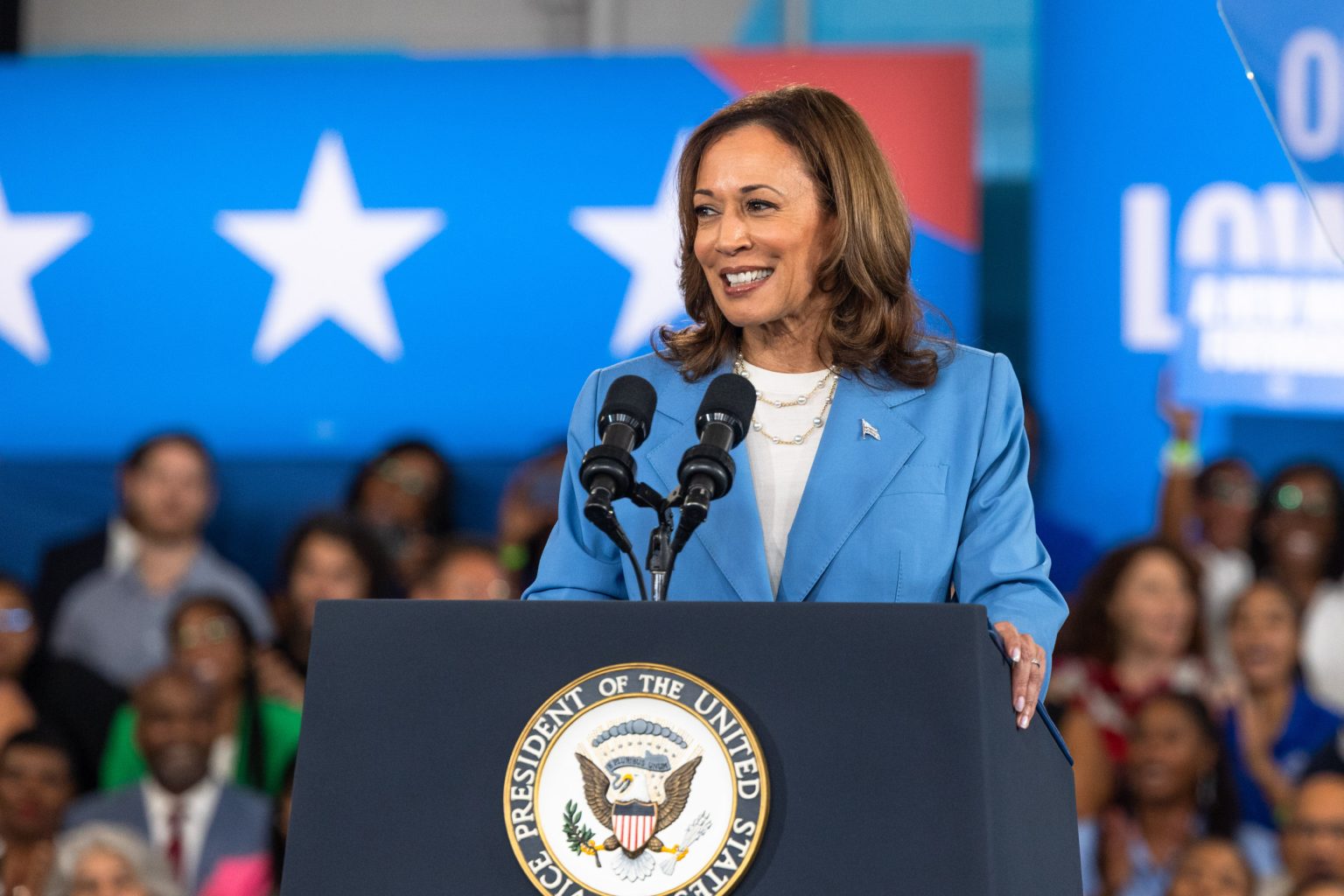As the presidential race heats up, both Vice President Kamala Harris and JD Vance, Donald Trump’s running mate, are calling for the expansion of the child tax credit (CTC). The CTC, which offers financial assistance to families with children, was temporarily increased to $3,600 per child during the COVID-19 pandemic. This expansion helped millions of children out of poverty and assisted families with essential expenses, but it reverted to the previous amount at the end of 2021. Currently, families can receive $2,000 per child, despite the continuing high costs of living for many families.
Both Harris and Vance have proposed plans to expand the CTC once again, with differing approaches. Vance’s proposal would offer families a tax credit of $5,000 per child, while Harris has suggested a credit of $6,000 for the first year after a child’s birth and $3,600 per year thereafter. It is unclear if the CTC would be refundable under these plans, which could affect lower-income families who may not owe enough in taxes to benefit from the credit. Another key difference is that Vance’s plan would remove income restrictions, whereas Harris’s proposal would maintain the current guidelines.
Despite recent discussions about expanding the CTC, the Senate rejected a bill that would have restored the pandemic-era CTC amount, citing concerns about its cost. Democrats argued that the measure would have lifted an additional 400,000 children out of poverty in the first year. Criticisms were raised against Vance and other Republicans for not supporting the expansion, with accusations that they were prioritizing other issues over helping American families in need. The rejection of the expansion disappointed many who saw it as a missed opportunity to make a significant impact on children and families facing financial difficulties.
The rejection of the CTC expansion has sparked debate about the feasibility and impact of Harris’s and Vance’s proposals. Some experts believe that the $1,000 difference in the proposed CTC amount may not be the most significant factor, and what matters more is whether any expansion can make it through Congress. Republicans aim to eliminate income restrictions and provide the credit to all families, a move that some experts believe may not be realistic. Concerns have been raised about the funding and implementation of Vance’s $5,000 proposal, with skepticism about its real-world impact and feasibility.
Both proposals have received mixed reactions from experts, with some viewing Harris’s plan as a “supercharged” version of the pandemic credit and Vance’s proposal as a Republican tax cut disguised as family-friendly support. Questions remain about the funding and implementation of these plans and how they would impact families facing financial challenges. The debate over expanding the CTC highlights the ongoing issues of child poverty and rising costs of living for American families, with differing opinions on the best approaches to address these issues. It remains to be seen whether Harris’s or Vance’s proposal will gain traction and see significant changes to the CTC in the future.


